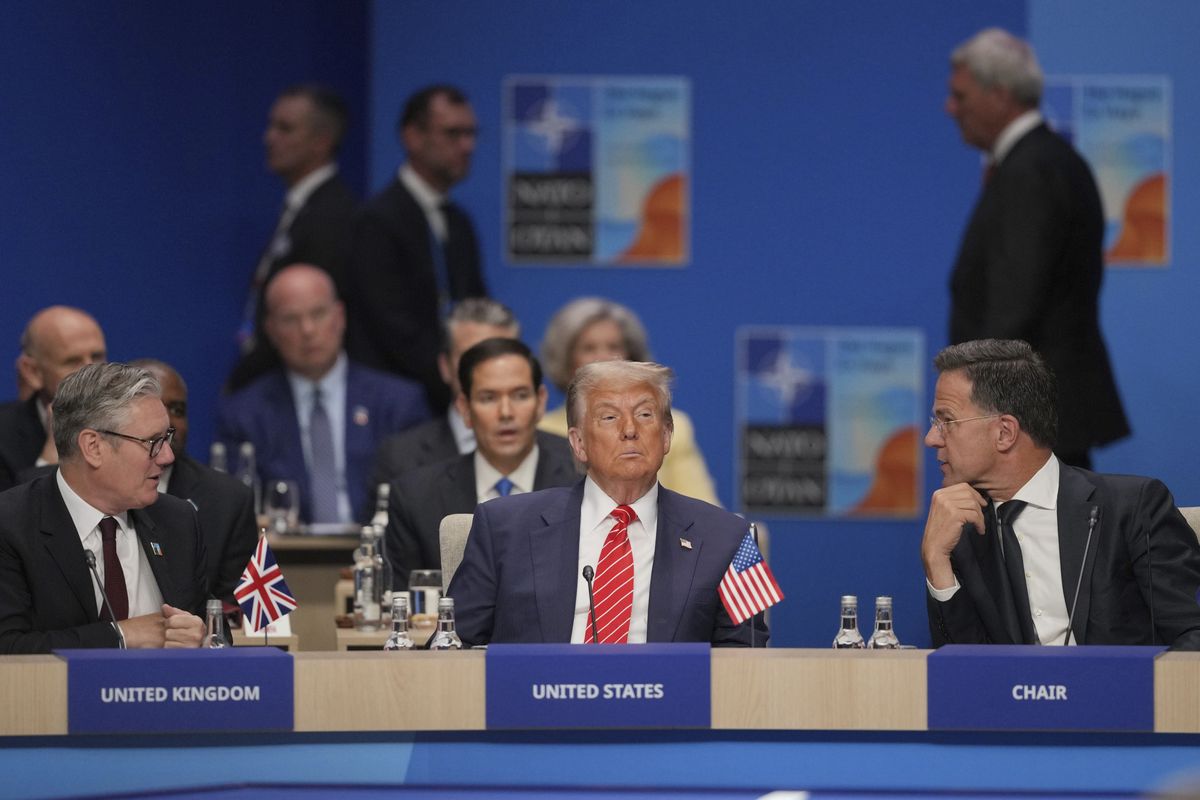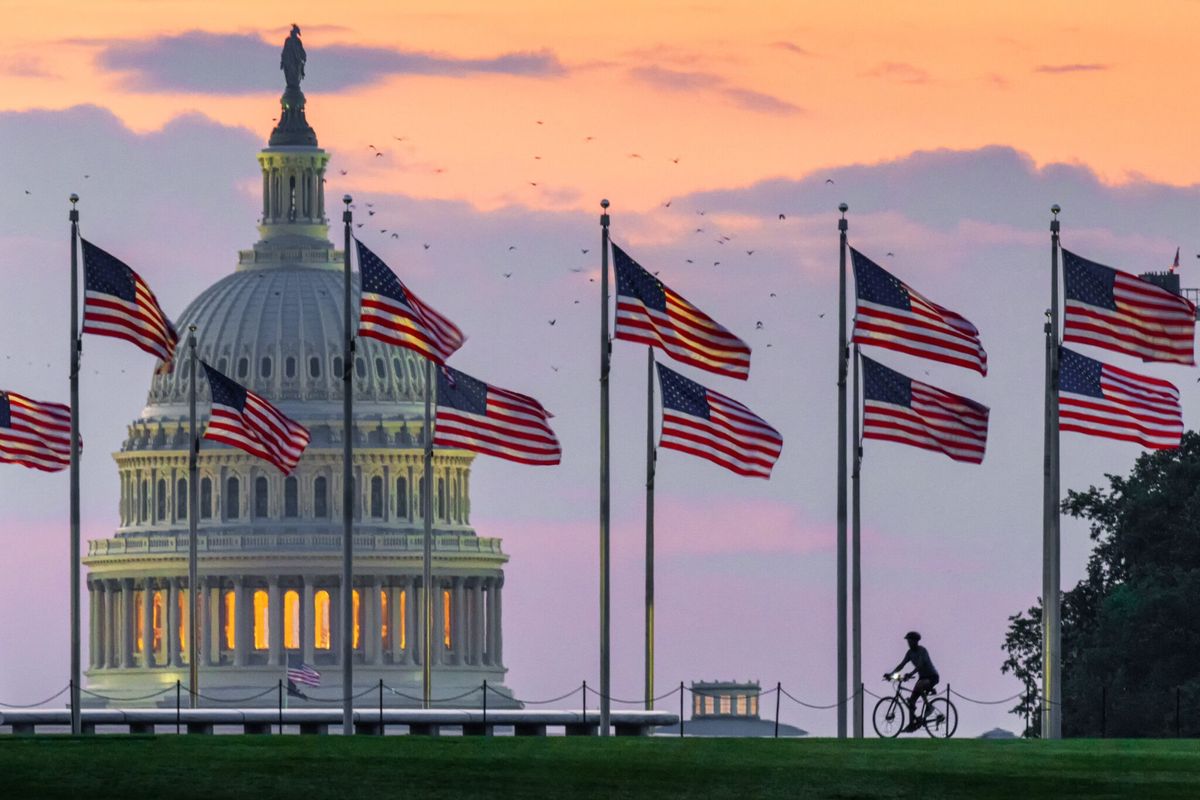After decades of government support and investment, the South Korean defense industry can now produce advanced tanks, ships, and submarines and is poised to become a major arms exporter. South Korea intends to build on this progress in order to develop its own fifth generation fighter. The Cipher Brief spoke with Daniel Yoon, a senior market analyst at Avascent Analytics to learn more about the achievements of South Korea’s defense industry and the remaining challenges ahead.
The Cipher Brief: For many years, the South Korean government has pushed for a domestic defense industry capable of producing a wider variety of platforms and systems and for greater technological advancement. What are the government’s policy goals for this initiative; beyond national security and defense, are there other benefits?
Daniel Yoon: The Republic of Korea harbors high ambitions for its defense industrial base. The official rationale, of course, stems from the existential threat provided by its northern neighbor and the real possibility that Pyongyang will develop the ability to launch a miniaturized nuclear warhead on a long-range ballistic missile within the next decade. Many of the technologies that the Republic of Korea pursued in recent years specifically emphasize defending against its northern neighbor's conventional and unconventional capabilities. Seoul has prioritized the acquisition of advanced intelligence, surveillance, and reconnaissance systems as well as a comprehensive integrated air and missile defense capability to enhance its ability to track and deter its northern rival.
One cannot fully appreciate, however, the Republic of Korea’s ambitions to develop an indigenous defense industrial base without placing it in the context of the country’s wider economic ambitions. Seoul first established its domestic defense industrial capacity as part of a broad, sweeping effort to develop a heavy industry during President Park Chung-hee's tenure a generation after the Korean War. That effort spawned dozens of commercial enterprises that have gone on to become market-leading multinational corporations in sectors ranging from automobiles to electronics. The biggest players in the Republic of Korea’s defense industry are constituent members of these larger conglomerates - conglomerates that hold high expectations for all their business units, including defense. Simply put, the country pursues a globally competitive defense industry because they desire a globally competitive defense industry.
TCB: What have been some of the challenges or obstacles in the way of expanding South Korea’s defense industry?
DY: The Republic of Korea’s defense industry progressed by leaps and bounds since 1971, when licensed production of the M-16 rifle began, and the country aggressively pursued a general expansion of its commercial heavy industry sectors. By 1990 Hyundai group was producing the K-1 main battle tank for the Republic of Korea Army – an offering modeled in close collaboration with the United States and one that heavily resembled the M1A1 Abrams, but an indigenously-designed and produced main battle tank nonetheless. Samsung group also co-produced the UH-1 utility helicopters with Bell Helicopters, while Daewoo group tied down a similar agreement with Sikorsky Aircraft Corp. for the manufacture of the H-76. Korean Air by that point had become the primary overhaul service provider for aircraft in service with the Republic of Korea Air Force as well as United States Air Force aircraft stationed in the Republic of Korea, Japan, and the Philippines. The decade that followed featured the launch of a series of major indigenous naval combatant construction programs – including the ongoing Korean Destroyer Experimental (KDX) and Korean Attack Submarine (KSS) programs – after years limited to the manufacture of corvettes and small frigates. The new millennium brought a concerted effort to develop an advanced indigenous aerospace manufacturing capacity driven primarily by a Korea Aerospace Industries Co. Ltd.-Lockheed Martin Corp. partnership for the T-50 Golden Eagle trainer aircraft and its F/A-50 light attack variant. In a mere generation, the Republic of Korea's defense industry matured to the point where it can fulfill the vast majority of the requirements of its own armed forces and produce some impressively advanced systems.
Further growth for the industry, however, will hinge on two critical issues. First, growth will depend on making the jump from domestic production for domestic consumption (with heavy political support and guaranteed local customers) to offering globally competitive products without "training wheels." The Republic of Korea's defense industry to date has only been able to score a handful of high-profile international sales – and most of those sales have been to Southeast Asian customers, with some minor shipbuilding success in Europe. Indeed, for all the chatter surrounding the maturity of the country’s defense industry and the vast potential for spin-on innovations from its commercial sector, the Republic of Korea's defense industry still remains relatively unproven in the international arena. Whether it becomes a regular global fixture remains to be seen.
Second, the jump from fulfilling domestic needs to producing globally competitive product offerings does not automatically equate to the ability to develop advanced, cutting-edge systems, rather than imitating or improving upon existing offerings. Real, long-term progress for the Republic of Korea's defense industry rests on the country's broader ability to spawn, incubate, and sustain a large defense science and technology base that contributes regular innovations to the industry. To date, the country's marquee product offerings for sale abroad – namely, the T-50 Golden Eagle trainer aircraft and K-2 Black Panther main battle tank – still depend heavily on American component sourcing and/or design assistance. Many still require Washington’s approval prior to sending abroad to a third country. Seoul's ravenous appetite for technical autonomy in the defense sector via legal transfer of technology agreements as well as other more questionable means has coincided with growing unease from the country's biggest arms benefactors, again, the United States. Several high-profile cases of defense-related espionage have tempered Washington's enthusiasm to provide Seoul – a supposed alliance partner "forged with blood" – with the latest technologies that the latter so desperately desires. Legally overcoming these obstacles, and regaining the industrial trust of its most important ally, will be critical to the longevity of the Korean defense industry.
Several other factors could stall the progress of the Republic of Korea’s defense industry in the near to medium term. The most significant in the near term is the virtual collapse of the country’s commercial shipbuilding sector in recent months, or, at any rate, its inevitable long-term decline, given fierce competition from Chinese entrants. The insolvency of such heavyweight enterprises as Hanjin Heavy Industries Co. Ltd. and Daewoo Shipbuilding and Marine Engineering Co. Ltd. raises serious questions on the viability of a sector that contributed significantly to the country’s global economic success in previous years. The defense arms of these businesses appear to have weathered the storm; industry sources suggest that one or two of these conglomerates will spin off their defense shipbuilding businesses to shield them from the knock-on effects of the pending fall-out. Nevertheless, the uncertainty of the future of such a critical sector to the South Korean economy and the possible headwinds that other stalwarts of South Korean heavy industry may face in the future do not bode particularly well for the country's soaring defense industry aspirations.
TCB: What specific skills and technologies is South Korea most interested in acquiring for its domestic defense industry right now?
DY: The most pressing capabilities that the Republic of Korea’s defense industry will pursue in the near term involve advanced aerospace surveillance systems, shipborne ballistic missile defense systems, and long-range strike weapons. Specifically, Seoul will pursue an indigenous advanced electronically scanned array (AESA) radar, one of four systems it sought from the United States via a transfer of technology agreement following the decision to purchase the F-35A Lightning II Joint Strike Fighter in 2014. Seoul did not hide its disappointment when Washington refused to agree to the transfer of technology in 2015, citing concerns with the International Traffic in Arms Regulations.
The Republic of Korea has also sought an Aegis ballistic missile defense capability for its front-line guided-missile destroyer fleet – a capability that the country sorely missed during each of the previous North Korean missile tests when it had to rely upon Japanese and American intelligence. Seoul will continue to press Washington for permission to outfit its platforms with advanced ballistic missile defense systems even as it continues to pursue its own Kill Chain series of air defense programs.
Finally, the Republic of Korea will continue to hone its arsenal of indigenously-produced Hyunmoo long-range strike missiles, a family of surface-to-surface missiles developed following another agreement with the United States in 2012 allowing Seoul to manufacture missiles that span the entire Korean Peninsula for the first time.
TCB: How is South Korea cooperating with foreign companies or governments on this initiative?
DY: Specifically regarding the AESA radar, Seoul has responded to the sting of the American rejection by turning to European manufacturers of the radar, which have been wooing the Koreans into a deal in an effort to gain a foothold in the country's defense market. Whereas by political and strategic necessity Seoul has depended predominantly on its relationships with American arms suppliers, and will continue to do so, the country has become much more open to importing from, and collaborating with, French, British, and German manufacturers in recent years. The increasing diversification of the Republic of Korea's defense industrial relations may portend some fascinating shifts in the country's defense procurement policies, one to watch for in future open competitions.
Generally regarding the country's pursuit of high-tech defense systems, the government of the Republic of Korea has implemented stringent offset regulations in its defense procurement policy and revisits them every year. The local defense industry has benefited particularly from favorable transfer of technology agreements and local component sourcing requirements which in turn has led to the longer-term integration of Korean defense manufacturing firms into global supply chains. The Republic of Korea Air Force's acquisition of 61 F-15K Strike Eagle fighter aircraft between 2005 and 2012, for example, entailed an aggressive 40 percent local production and 25 percent assembly arrangement. Samsung Techwin Co. Ltd., now Hanwha Techwin Co. Ltd., produced GE-F110 turbojet engines under license; LiG Nex1 Co. Ltd. continues to produce the F-15's heads-up display as a sub-contractor to Rockwell Collins Inc.; and Korea Aerospace Industries Co. Ltd. also constitutes the F-15's global supply chain as the manufacturer of wings and the forward fuselages. The Republic of Korea will continue to apply heavy offset requirements for each foreign defense system it acquires in an effort to glean every technical advantage it can from those deals.
TCB: South Korea is nearing the cutting edge of weapons technology. What systems, platforms, or technologies still remain beyond its reach?
DY: Seoul's aspirations to produce a combat aircraft that could go toe-to-toe with the F-35A will remain largely beyond its reach for at least another generation. The Korean Fighter Experimental (KF-X) program was originally launched in 2001 as an effort to design an indigenous fifth-generation stealth-capable fighter aircraft within 10 years. A realization among policymakers that domestic industry would not be able to develop and equip such an advanced platform without significant external assistance led to the decision to downgrade the program to a 4.5-generation fighter aircraft more similar to Lockheed Martin Corp.'s F-16 Fighting Falcon, and slip the project by another 10 years. The F-35A was selected in 2014 to fulfill the third phase of a major three-part fighter aircraft fleet recapitalization originally reserved for the KF-X program. The rationale was that the purchase of a foreign solution – and the technological benefits attached to the deal – would accelerate the domestic industry's ability to produce a coveted stealth-capable fighter aircraft for future fleet requirements. Whether the KF-X program will proceed as envisioned, with a first prototype planned in 2022 and limited series production planned to begin in 2025, or succeed altogether remains to be seen. A bona fide fifth generation stealth-capable fighter aircraft remains even more elusive.










